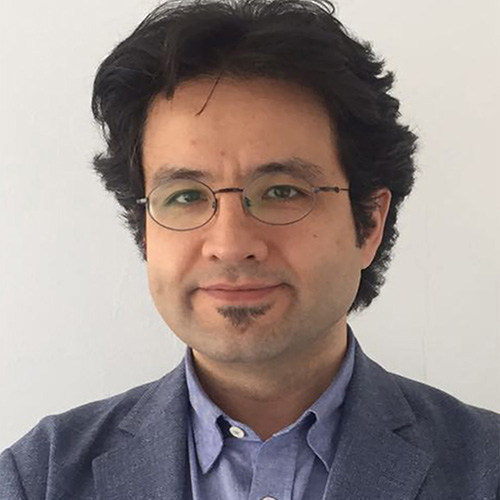Dr. Erhan KURTARIR, Yıldız Technical University
Sacred
Places and Places of Worship as Places of Transforming Identity in Changing
Cities
Dr. Erhan KURTARIR, Yıldız Technical
University
A
strong trend in the literature of urban planning and geography discusses the
problematic of identity spaces in the context of the inclusiveness of planning.
As the demands of different cultural identities to be visible in the urban
space, as well as population movements such as increased migration, asylum,
etc., “identity places” become an important issue of planning (Healey, 1997;
Sandercock, 2000; Germain & Gagnon, 2003; Gale, 2005). Identity spaces are
extremely important and fragile areas for society in order to keep the values
that communities feel alive and to pass on to future generations. Sustaining
urban and even spatial values is of vital importance in maintaining identity
because spatialization is a necessary precondition for both belonging and
identity. On the other hand, as both societies, identities, cultures and
individuals change and develop, it is inevitable for spaces to undergo change
and transformation. The important point is to determine how this change and
transformation process came about and whether it emerged from an internal or an
external pressure. Urban transformation processes also emerge as processes of
change that appear due to various obligations and demands, but include a
spectrum that can reach forced transformation with increasing market pressure.
Within the scope of this study, the processes of maintaining the existence of
sacred places and places of worship, which are urban common areas and which are
also the bearers of belief identity, to resist change, change, or adapt to
change will be evaluated with a spatial planning perspective. In this
evaluation, the comparison of urban sacred spaces will be made through various
examples of transformation. Especially in terms of the meaning of the space,
what sacred spaces offer and what the indicators and spatial strategies that
are necessary for the management of change transformation processes with
inclusive planning processes will be opened to discussion. The principles that
need to be rethought in terms of inclusive spatial planning of the standards of
urban reinforcement areas such as spaces of cultural identity, religious or
sacred places, and places of worship will be discussed. For this purpose, among
the findings of field studies carried out by the author in Istanbul, examples
of the struggle to preserve / maintain the existence of places of minority
identity and the struggle for the establishment and recognition of Alevi places
of worship will be shared.
